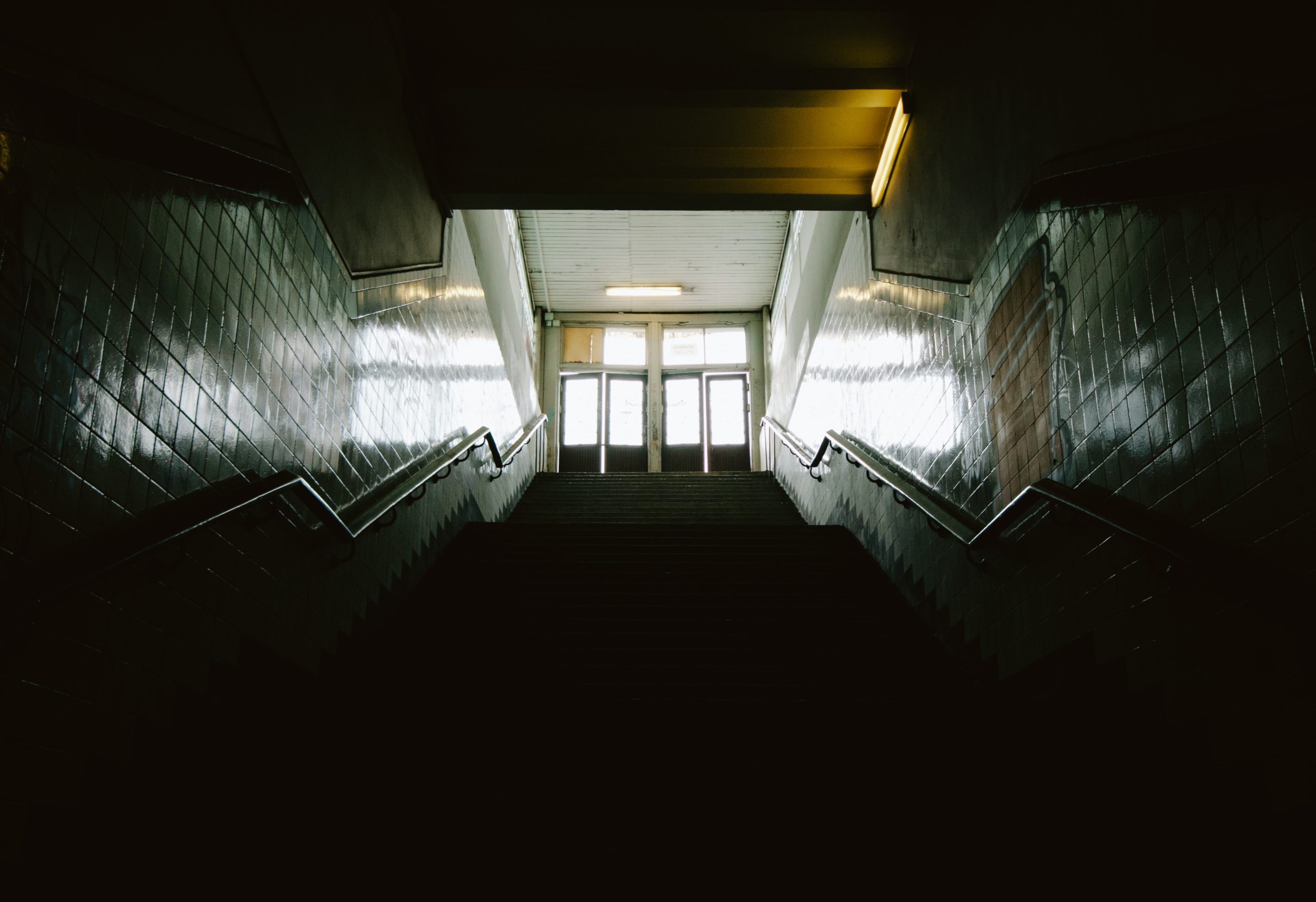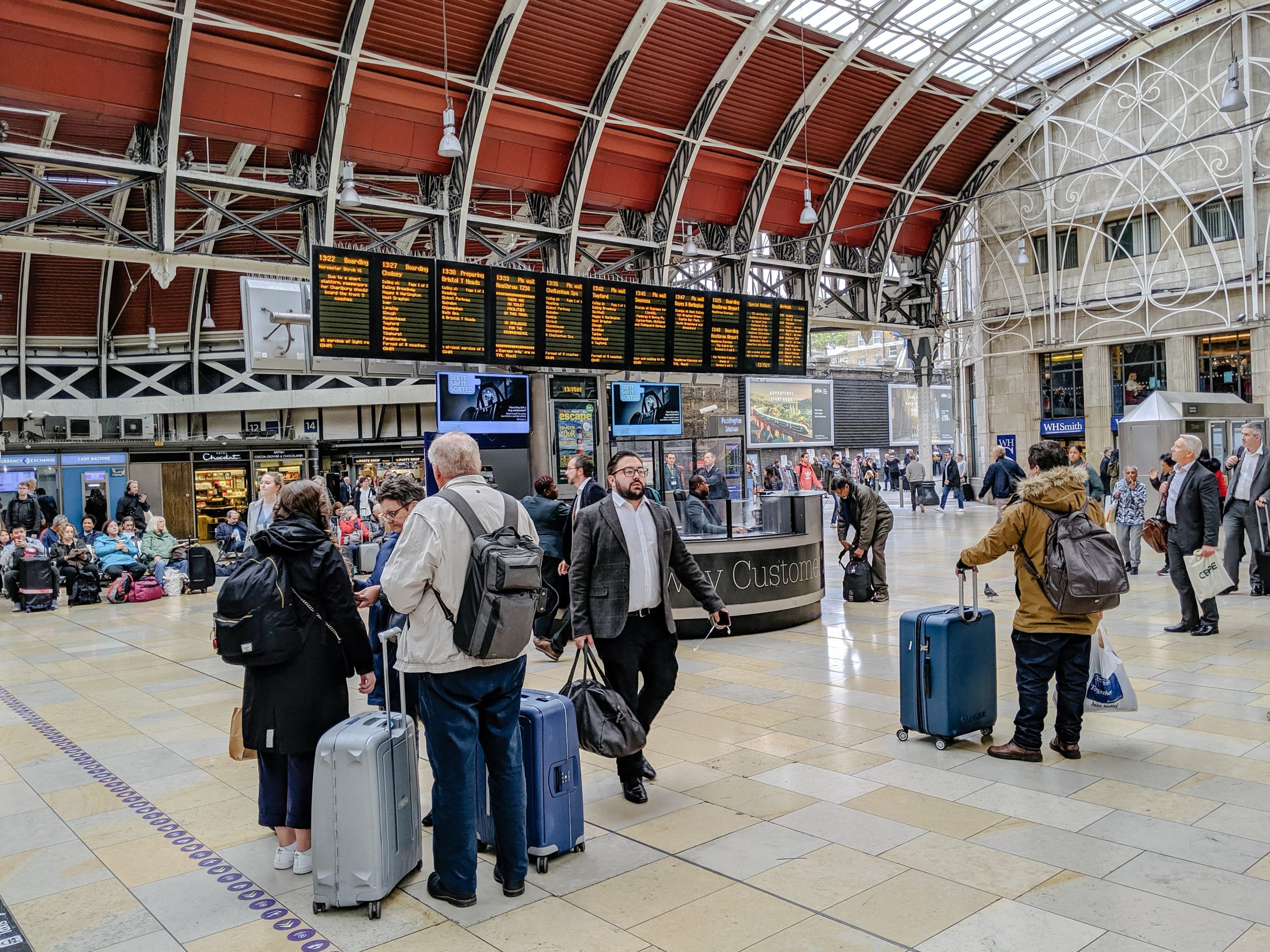Schools and educational institutions are supposed to be secure havens where students, teachers, and staff may concentrate on their studies and personal development. Slip and fall accidents, on the other hand, can occur, posing a risk to the well-being of individuals in these circumstances. Wet floors, poor upkeep, inadequate safety measures, and even tripping hazards can all contribute to these events. In this post, we’ll look at the importance of minimizing slip and fall accidents in schools, as well as the educational institutions’ roles in maintaining a safe learning environment.
The Dangers That Lurk:
Educational institutions are bustling, with students racing between courses and teachers concentrating on their teaching duties.
Hidden risks, on the other hand, might cause slip-and-fall accidents. Some of the prevalent elements that contribute to these accidents are as follows:
Wet or Slippery Floors: Spills from drinks, cleaning operations, or inclement weather can cause slippery flooring, making it easier for kids and staff to lose their footing and fall.
Inadequate Maintenance: Slips and falls can be exacerbated by poorly maintained walkways, damaged flooring, loose carpeting, or imperfections in outdoor surfaces.
Inadequate Safety precautions: In locations prone to wetness, such as laboratories or physical education rooms, a lack of safety precautions such as handrails, grab bars, or slip-resistant flooring can increase the risk of accidents.
Tripping Hazards: Cluttered hallways, exposed electrical cords, or loose objects left in walkways can create tripping hazards and lead to falls.
Responsibility: Fostering a Safe Learning Environment
Creating a safe learning environment requires a collective effort from the educational institution, staff, and students. Here’s a breakdown of the key responsibilities in preventing slip and fall accidents:
Educational Institutions: Schools and educational institutions have a legal duty to provide a safe environment for students and staff. This responsibility encompasses regular maintenance, prompt repairs of any hazardous conditions, and the implementation of safety measures such as slip-resistant flooring, proper lighting, and clear signage to warn of potential dangers.
Staff and Faculty: Teachers and staff play an active role in maintaining safety within the school premises. They should promptly report any maintenance or safety concerns to the appropriate authorities, ensure spills are cleaned up promptly, and encourage students to adhere to safety guidelines.
Maintenance Staff: The maintenance team is responsible for the upkeep of the facility. Their duties include regular inspections, addressing maintenance requests, promptly repairing damaged flooring or walkways, and ensuring proper drainage systems to prevent water accumulation.
Promoting Safety: Best Practices
To mitigate slip and fall hazards within educational institutions, the following best practices can be implemented:
Regular Inspections: Conduct routine inspections to identify and address potential hazards such as damaged flooring, uneven surfaces, or inadequate lighting.
Timely Maintenance and Repairs: Promptly addressing reported issues, including repairing damaged floors, fixing loose carpeting, or addressing drainage problems to prevent water accumulation.
Safety Training: Educate staff and students about the importance of maintaining a safe environment, including proper spill cleanup, adhering to safety guidelines, and reporting safety concerns.
Clear Signage: Placing visible signage to alert individuals of potential hazards, such as wet floors or steps, can help prevent accidents.
Conclusion:
Schools and educational institutions have a responsibility to prioritize the safety of their students, teachers, and staff. Preventing slip and fall accidents requires proactive measures, including regular inspections, prompt maintenance, and fostering a culture of safety awareness. By addressing potential hazards, maintaining safe walkways, and promoting a collective commitment to safety, educational institutions can ensure a secure learning environment for all.
Consult with Darfoor Law Firm
An experienced lawyer provides you with the opportunity to discuss your situation and gain clarity on your potential avenues for seeking compensation. It’s your opportunity to ask questions, assess the strength of your case, and decide if legal representation is beneficial for you.
If you or a loved one has been injured in an accident due to someone else’s carelessness or fault, Darfoor Law Firm is here to provide support and suggest the best course of action.
Accidents can be difficult to deal with; that is why having someone who understands and empathizes is so important.
Call us at +1-833-DARFOOR for a complimentary consultation and case evaluation.











